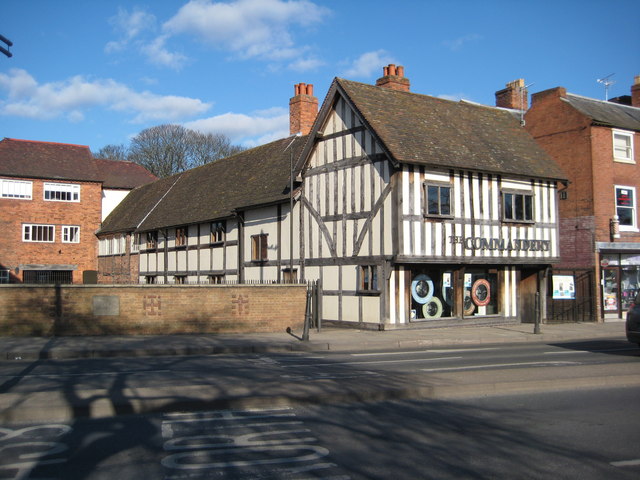The Priory of St John the Baptist, more commonly known as Worcester Commandery, stands as a remarkably preserved example of a Dominican friary. Its walls have witnessed centuries of turbulent history, from the vibrant intellectual life of the 13th-century Dominican Order to its eventual dissolution under Henry VIII, and its continued existence as a fascinating historical site. Today, it’s a testament to the resilience of faith, learning, and architectural ingenuity.
Origins and the Dominican Order (1279-1539)
The story of Worcester Commandery begins in 1279 when a group of Dominican friars, also known as the Spiritual Franciscans, established a small friary within the walls of Worcester Castle. Unlike the more established Augustinian and Franciscan friaries, the Dominicans were a relatively new order, known for their intellectual rigor and commitment to preaching and reforming the Church.
The commandery, as it became known, was strategically located within the castle’s walls, affording a degree of security and access to the burgeoning intellectual center of Worcester. It quickly became a focal point for learning, boasting a substantial library – one of the largest in England at the time – containing hundreds of books on theology, philosophy, medicine, and law.
Notable figures associated with the commandery included Brother William of Wickham, a brilliant scholar and reformer who spent several years at Worcester, and Brother John of Ford, a prolific writer and commentator on theological issues. The friars were actively involved in the local community, providing medical care, offering legal advice, and actively challenging corruption within the Church.
A Center of Learning and Controversy (1300-1539)
The 14th and 15th centuries saw the commandery flourish as a leading center of learning. The library continued to expand, attracting scholars from across Europe. However, the friary also found itself embroiled in theological controversies. The Dominican emphasis on rigorous questioning and reform inevitably brought them into conflict with established ecclesiastical authorities.
A particularly significant event was the Trial of the Inquisition in 1352, where several friars were accused of heresy for their dissenting views on papal authority. While the charges were eventually dismissed, the incident highlighted the tensions between the friars and the powerful forces of the Church.
Dissolution and Preservation (1539-Present)
The arrival of Henry VIII marked the end of the commandery’s independent existence. Under the Dissolution Act of 1539, the friary was seized by the Crown, and the remaining friars were dispersed. The building was initially used as a storage facility before being sold to a succession of wealthy merchants, including the esteemed wool merchant, William Tresham.
Tresham’s family retained ownership for over 200 years, and it was he who undertook the remarkable preservation of the building in the late 17th century. Recognizing the friary’s unique architectural and historical significance, Tresham commissioned repairs and alterations, ensuring its survival for future generations.
A National Treasure
In 1830, the Worcestershire Antiquarian Society purchased the commandery, and it was opened to the public as a museum. Today, it’s a remarkable surviving example of a Dominican friary, showcasing its unique features:
- The Chapel: The remarkably preserved Dominican Chapel with its distinctive ribbed vaulting and impressive, though somewhat restrained, stained-glass windows.
- The Library: Though largely reconstructed, the layout reflects the original arrangement of the friary’s library, offering a glimpse into the intellectual life of the order.
- The Refectory: A simple yet evocative space where the friars would have eaten their meals.
Visiting the Commandery
The Priory of St John the Baptist, Worcester Commandery, is a must-visit for anyone interested in medieval history, architecture, or the story of the Dominican Order. Its preservation stands as a powerful reminder of a fascinating period in British history and the enduring legacy of learning and faith.
Resources for Further Exploration:
- Worcester Commandery Website: https://www.worcestercommandery.org.uk/
- English Heritage: https://www.english-heritage.org.uk/visit/places/worcester-commandery/
Discover more from LandmarkLocation.com
Subscribe to get the latest posts sent to your email.


